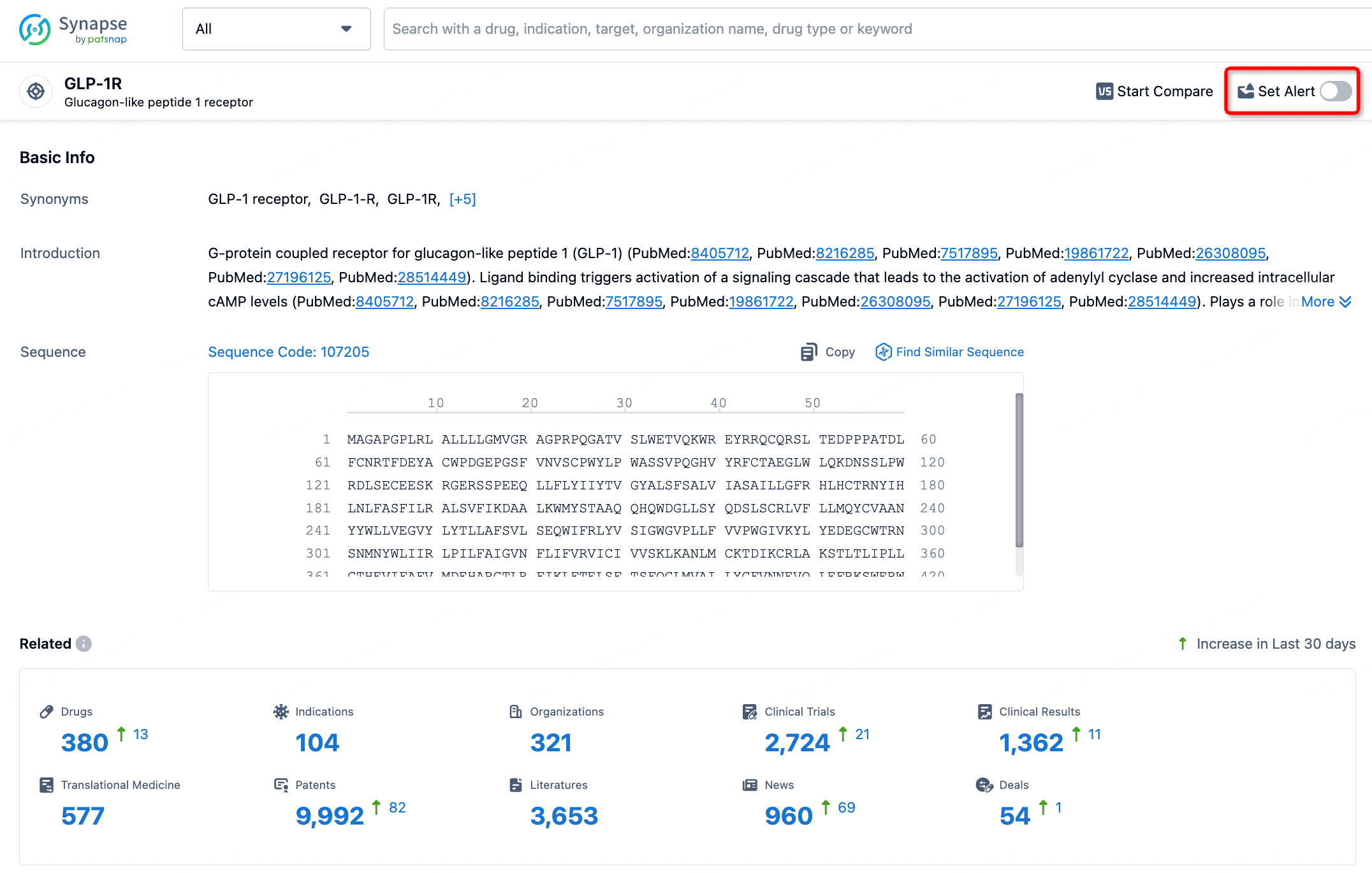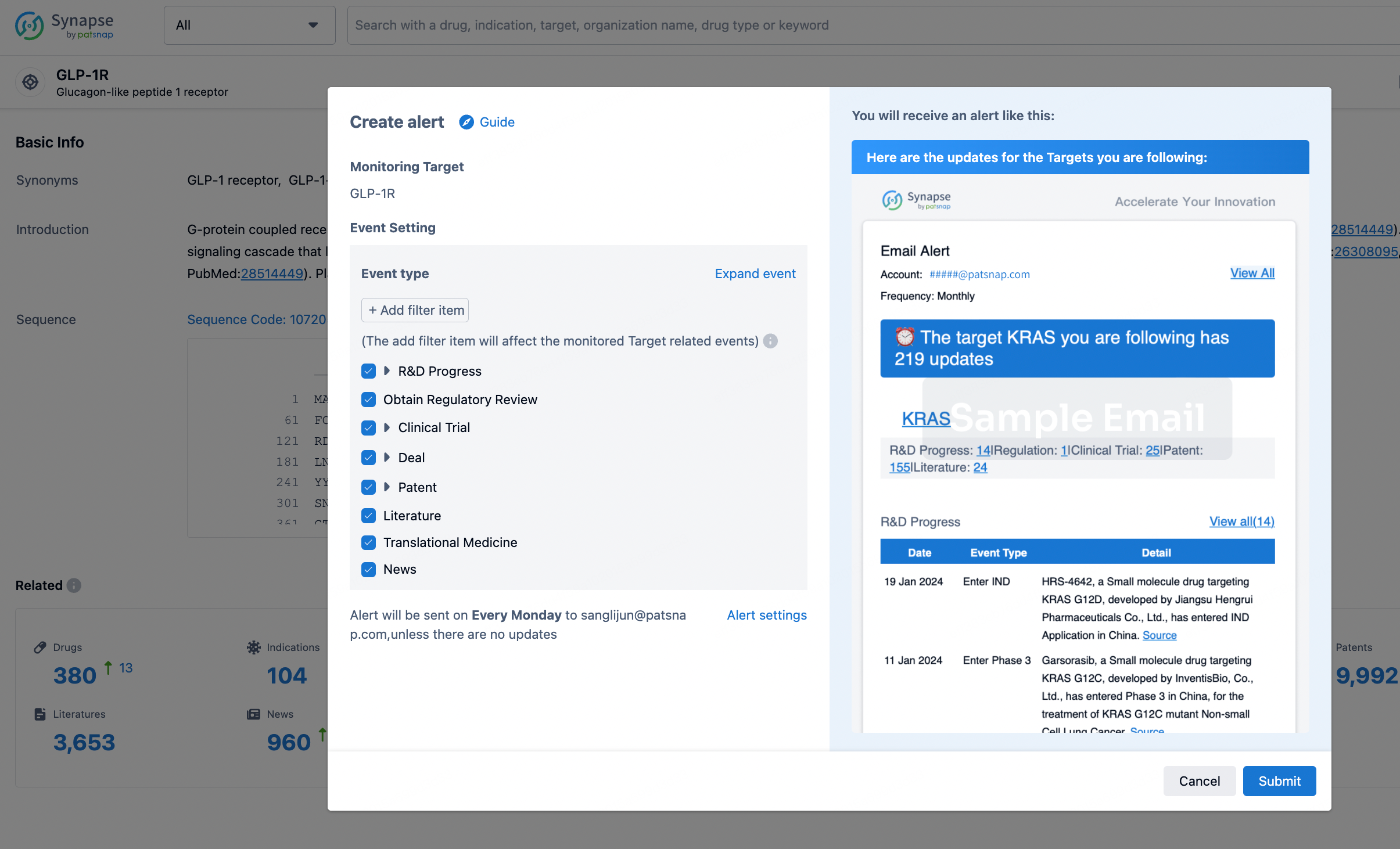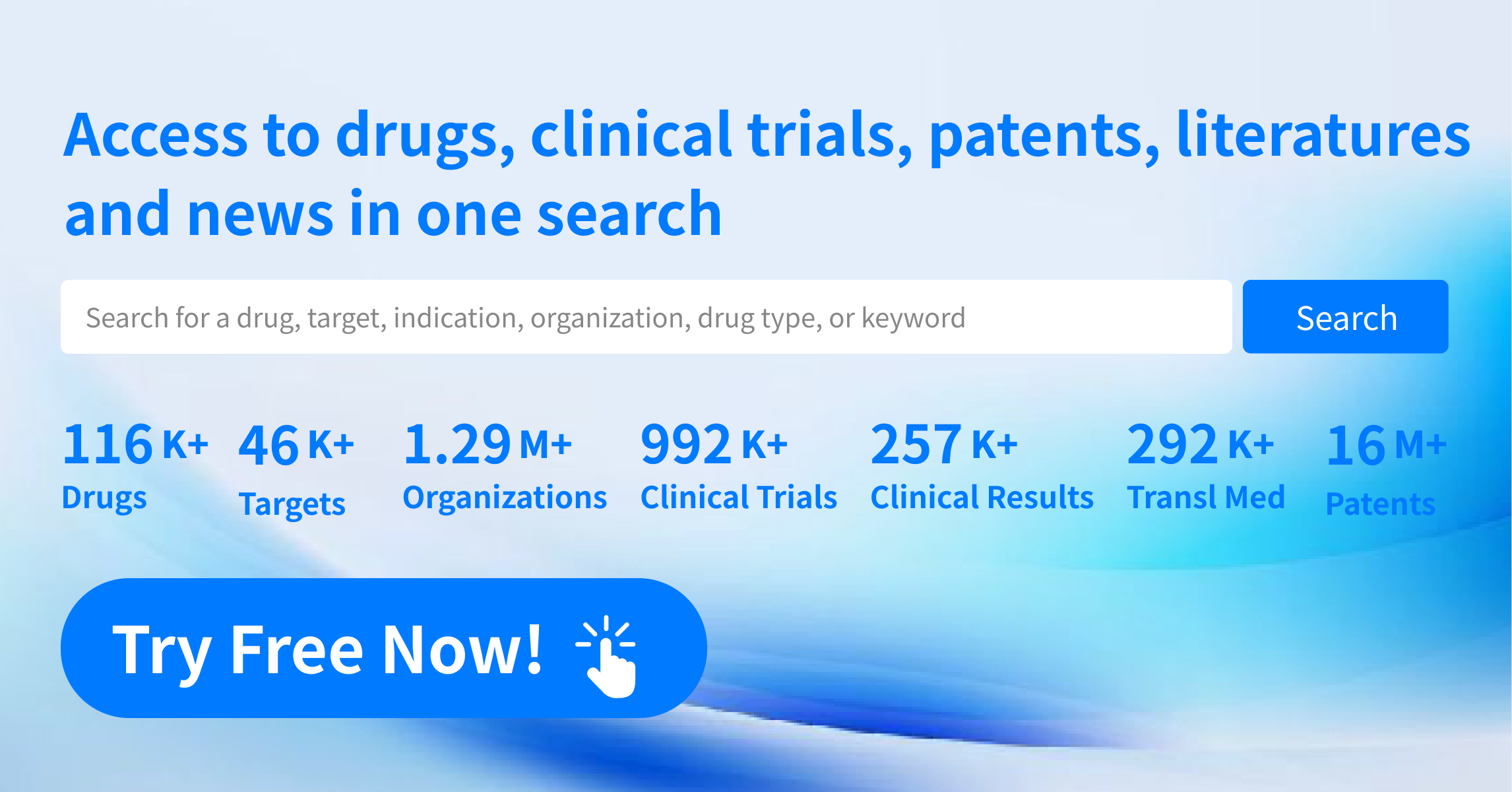Request Demo
What are IL-5Rα inhibitors and how do they work?
21 June 2024
Interleukin-5 receptor alpha (IL-5Rα) inhibitors have emerged as a promising class of therapeutic agents, particularly in the treatment of certain inflammatory and allergic diseases. These inhibitors target the IL-5 receptor, specifically its alpha subunit, to modulate the immune response. The growing interest in IL-5Rα inhibitors is driven by their potential to offer effective treatment options with fewer side effects compared to traditional therapies. In this article, we will delve into the mechanisms of action of IL-5Rα inhibitors and explore their clinical applications.
IL-5Rα inhibitors function by specifically binding to the alpha subunit of the IL-5 receptor, which is a critical component in the signaling pathway of the cytokine interleukin-5 (IL-5). IL-5 plays a crucial role in the growth, differentiation, recruitment, activation, and survival of eosinophils, a type of white blood cell involved in the body's immune response. Eosinophils are essential for defending the body against parasitic infections, but they are also implicated in various allergic reactions and chronic inflammatory conditions such as asthma, where their overproduction and activation lead to tissue damage and exacerbation of symptoms.
The binding of IL-5 to its receptor on the surface of eosinophils triggers a cascade of intracellular events that promote these cells' maturation and activation. By inhibiting the IL-5Rα subunit, IL-5Rα inhibitors block this signaling pathway, thereby reducing the production, survival, and activity of eosinophils. This, in turn, alleviates the inflammatory response and helps control the symptoms of diseases characterized by eosinophilic inflammation.
IL-5Rα inhibitors are primarily used in the treatment of eosinophilic asthma, a severe form of asthma characterized by high levels of eosinophils in the blood and airways. Patients with eosinophilic asthma often experience frequent exacerbations, poor lung function, and a diminished quality of life despite using standard asthma medications such as inhaled corticosteroids and long-acting beta-agonists. Clinical studies have demonstrated that IL-5Rα inhibitors can significantly reduce the frequency of asthma exacerbations, improve lung function, and enhance the overall quality of life in patients with eosinophilic asthma.
One of the well-known IL-5Rα inhibitors is benralizumab, a monoclonal antibody that has shown remarkable efficacy in reducing eosinophil counts and controlling asthma symptoms in clinical trials. Benralizumab is administered via subcutaneous injection, usually once every four to eight weeks, making it a convenient option for patients. The success of benralizumab has paved the way for further research into IL-5Rα inhibitors and their potential applications in other diseases.
Beyond eosinophilic asthma, IL-5Rα inhibitors are being investigated for their potential in treating other eosinophil-associated diseases. These include eosinophilic granulomatosis with polyangiitis (EGPA), a rare autoimmune condition characterized by inflammation of blood vessels and high eosinophil levels, as well as hypereosinophilic syndrome (HES), a group of disorders marked by excessive eosinophils in the blood and tissues. Preliminary data from clinical trials suggest that IL-5Rα inhibitors could offer significant benefits in managing these conditions by reducing eosinophil counts and mitigating disease symptoms.
In addition to their use in specific diseases, IL-5Rα inhibitors hold promise for broader applications in managing allergic conditions where eosinophils play a pivotal role. For instance, chronic rhinosinusitis with nasal polyps (CRSwNP) is another condition being explored for treatment with IL-5Rα inhibitors. IL-5Rα inhibitors' ability to target eosinophil-driven inflammation could potentially provide relief for patients suffering from persistent nasal congestion, loss of smell, and other related symptoms.
In conclusion, IL-5Rα inhibitors represent a significant advancement in the treatment of eosinophil-associated diseases. By targeting the IL-5 receptor's alpha subunit, these inhibitors effectively reduce eosinophil activity and offer relief from symptoms for patients with conditions like eosinophilic asthma, EGPA, HES, and possibly CRSwNP. Ongoing research and clinical trials continue to uncover the full potential of IL-5Rα inhibitors, promising new hope for patients with chronic inflammatory and allergic diseases.
IL-5Rα inhibitors function by specifically binding to the alpha subunit of the IL-5 receptor, which is a critical component in the signaling pathway of the cytokine interleukin-5 (IL-5). IL-5 plays a crucial role in the growth, differentiation, recruitment, activation, and survival of eosinophils, a type of white blood cell involved in the body's immune response. Eosinophils are essential for defending the body against parasitic infections, but they are also implicated in various allergic reactions and chronic inflammatory conditions such as asthma, where their overproduction and activation lead to tissue damage and exacerbation of symptoms.
The binding of IL-5 to its receptor on the surface of eosinophils triggers a cascade of intracellular events that promote these cells' maturation and activation. By inhibiting the IL-5Rα subunit, IL-5Rα inhibitors block this signaling pathway, thereby reducing the production, survival, and activity of eosinophils. This, in turn, alleviates the inflammatory response and helps control the symptoms of diseases characterized by eosinophilic inflammation.
IL-5Rα inhibitors are primarily used in the treatment of eosinophilic asthma, a severe form of asthma characterized by high levels of eosinophils in the blood and airways. Patients with eosinophilic asthma often experience frequent exacerbations, poor lung function, and a diminished quality of life despite using standard asthma medications such as inhaled corticosteroids and long-acting beta-agonists. Clinical studies have demonstrated that IL-5Rα inhibitors can significantly reduce the frequency of asthma exacerbations, improve lung function, and enhance the overall quality of life in patients with eosinophilic asthma.
One of the well-known IL-5Rα inhibitors is benralizumab, a monoclonal antibody that has shown remarkable efficacy in reducing eosinophil counts and controlling asthma symptoms in clinical trials. Benralizumab is administered via subcutaneous injection, usually once every four to eight weeks, making it a convenient option for patients. The success of benralizumab has paved the way for further research into IL-5Rα inhibitors and their potential applications in other diseases.
Beyond eosinophilic asthma, IL-5Rα inhibitors are being investigated for their potential in treating other eosinophil-associated diseases. These include eosinophilic granulomatosis with polyangiitis (EGPA), a rare autoimmune condition characterized by inflammation of blood vessels and high eosinophil levels, as well as hypereosinophilic syndrome (HES), a group of disorders marked by excessive eosinophils in the blood and tissues. Preliminary data from clinical trials suggest that IL-5Rα inhibitors could offer significant benefits in managing these conditions by reducing eosinophil counts and mitigating disease symptoms.
In addition to their use in specific diseases, IL-5Rα inhibitors hold promise for broader applications in managing allergic conditions where eosinophils play a pivotal role. For instance, chronic rhinosinusitis with nasal polyps (CRSwNP) is another condition being explored for treatment with IL-5Rα inhibitors. IL-5Rα inhibitors' ability to target eosinophil-driven inflammation could potentially provide relief for patients suffering from persistent nasal congestion, loss of smell, and other related symptoms.
In conclusion, IL-5Rα inhibitors represent a significant advancement in the treatment of eosinophil-associated diseases. By targeting the IL-5 receptor's alpha subunit, these inhibitors effectively reduce eosinophil activity and offer relief from symptoms for patients with conditions like eosinophilic asthma, EGPA, HES, and possibly CRSwNP. Ongoing research and clinical trials continue to uncover the full potential of IL-5Rα inhibitors, promising new hope for patients with chronic inflammatory and allergic diseases.
How to obtain the latest development progress of all targets?
In the Synapse database, you can stay updated on the latest research and development advances of all targets. This service is accessible anytime and anywhere, with updates available daily or weekly. Use the "Set Alert" function to stay informed. Click on the image below to embark on a brand new journey of drug discovery!
AI Agents Built for Biopharma Breakthroughs
Accelerate discovery. Empower decisions. Transform outcomes.
Get started for free today!
Accelerate Strategic R&D decision making with Synapse, PatSnap’s AI-powered Connected Innovation Intelligence Platform Built for Life Sciences Professionals.
Start your data trial now!
Synapse data is also accessible to external entities via APIs or data packages. Empower better decisions with the latest in pharmaceutical intelligence.


